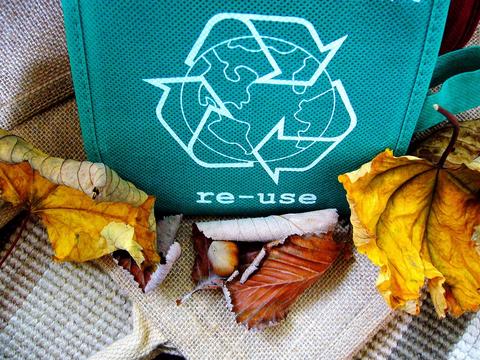Circular Economy

An unsustainable economy (i.e., an economy that expends limited effort to preserve resources) is, typically, a result of decisions made by individuals and firms from their stakeholder perspective. It develops primarily as a result of a misalignment of incentives where those that bear the costs of increased sustainability do not receive commensurate benefits. Successful solutions to this problem will tend to alter the economy to align individual or business interests to that of society. Alternatively, successful solutions might mitigate negative outcomes. The Applied Economics Office has investigated multiple subjects within the area of circular economy, including the following:

Credit:
Image by Shirley Hirst from Pixabay
Battery Electric Vehicles
Challenges
Product Longevity
Recycling
Plastic Recycling
Contacts
-
(301) 975-4918
Created January 4, 2023, Updated December 10, 2024

